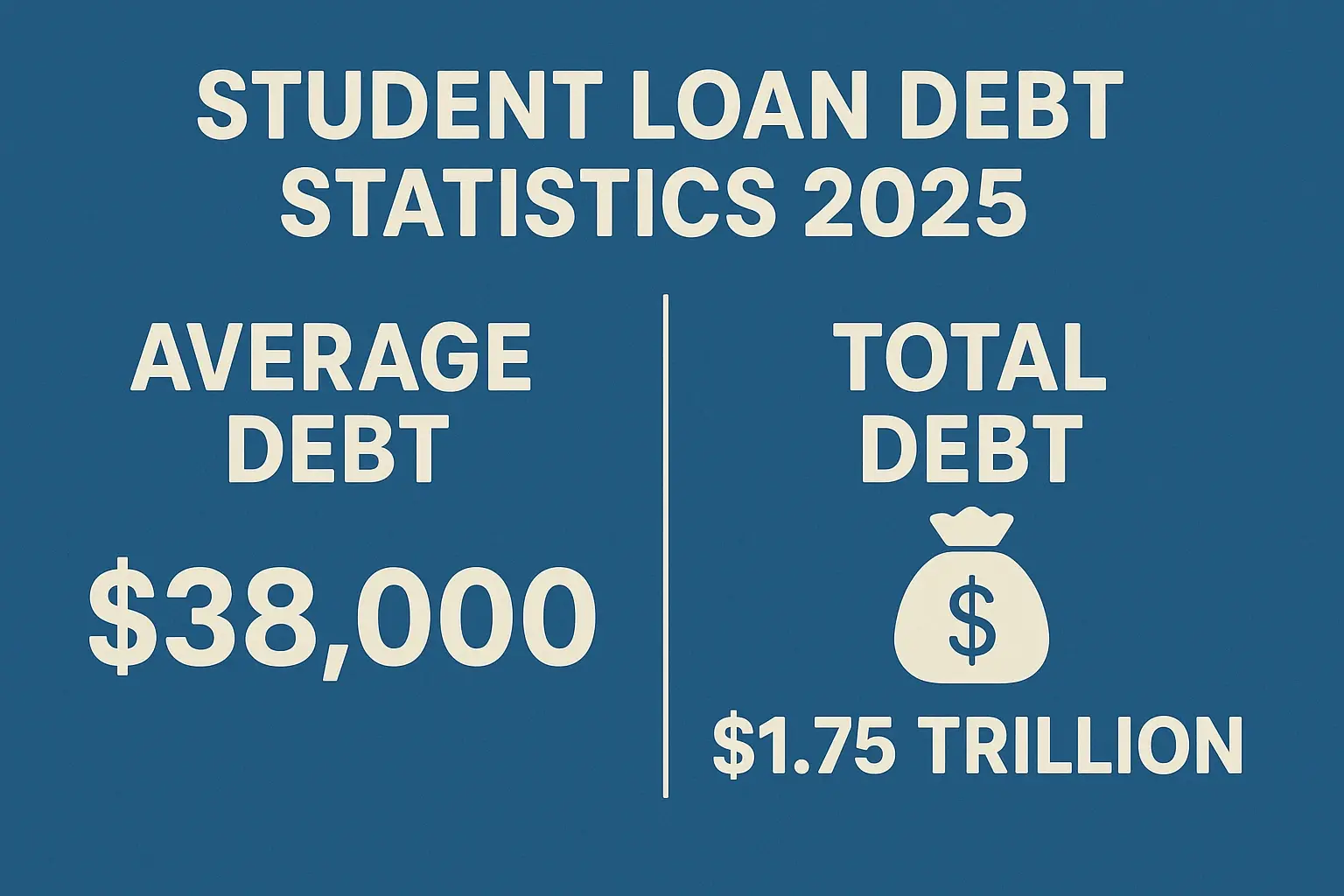-
Posted on: 13 Jul 2024

-
Your credit score is a crucial element of your financial life, influencing everything from loan approvals to interest rates. A poor credit score can be a significant obstacle, leading many to explore avenues for credit repair. One such avenue is the use of a "609 letter." But the question remains: Do 609 letters really work, or are they just another internet myth?
This comprehensive guide delves deep into the world of 609 letters, exploring their legal basis, practical application, and realistic expectations. We'll examine the pros and cons, discuss the underlying principles, and provide a balanced perspective on whether this strategy is a viable option for improving your credit.
What is a 609 Letter? Understanding the Basics
The term "609 letter" refers to a credit dispute letter that references Section 609 of the Fair Credit Reporting Act (FCRA). The FCRA is a federal law that promotes the accuracy, fairness, and privacy of consumer information contained in the files of consumer reporting agencies. Section 609, in particular, outlines your right to request information about the sources of information on your credit report.
The Legal Foundation: Section 609 of the FCRA
Section 609(a)(1)(A) of the FCRA states that you are entitled to request "all information in your file at the time of your request." The crucial part relevant to the 609 letter approach is often misinterpreted. It doesn't explicitly mandate the credit bureaus to remove items if they cannot provide verification. However, many believe it implies that if the credit bureau cannot verify the accuracy and completeness of the information reported, it should be removed.
Therefore, the theory behind a 609 letter is to request the credit bureaus (Experian, Equifax, and TransUnion) to provide the documents and methods they used to verify the accuracy of negative information on your credit report. If they can't provide this information, the argument goes, they should remove the item from your report.
How a 609 Letter is Typically Structured
A typical 609 letter will usually include the following elements:
- Your full name and current address.
- Your date of birth and social security number (for identification purposes).
- A clear statement requesting information about the verification process for specific negative items on your credit report.
- A list of the specific accounts or items you are disputing, including the account number and the name of the creditor.
- A polite and professional tone.
Example of a 609 Letter Excerpt:
"Pursuant to Section 609 of the Fair Credit Reporting Act (FCRA), I am requesting verification of the following items listed on my credit report:
Creditor: ABC Credit Card
Account Number: 1234567890
Reason for Dispute: This account is reporting inaccurately. I request that you provide documentation that proves the accuracy and completeness of this information. If you cannot provide this documentation, I request that this item be removed from my credit report."The Process: Sending a 609 Letter and What to Expect
Sending a 609 letter is a relatively straightforward process. However, understanding what to expect afterward is crucial for managing your expectations and planning your next steps.
Step-by-Step Guide to Sending a 609 Letter:
- Obtain Your Credit Reports: You are entitled to a free credit report from each of the three major credit bureaus (Experian, Equifax, and TransUnion) once a year through AnnualCreditReport.com. Review these reports carefully and identify any inaccurate, incomplete, or unverifiable information.
- Identify the Items to Dispute: Select the specific items you want to dispute using the 609 letter approach. Focus on items that are genuinely inaccurate or for which you believe the credit bureaus may lack sufficient verification documentation.
- Draft Your 609 Letter: Use a template or create your own letter, ensuring it includes all the necessary information outlined above. Keep the tone professional and polite.
- Send Your Letters via Certified Mail: Send separate letters to each of the three credit bureaus. Use certified mail with return receipt requested so you have proof that the bureaus received your letter. This is important for tracking and documentation purposes.
- Wait for a Response: The credit bureaus have 30 days to investigate your dispute (45 days in some cases). They will typically respond by mail.
What Happens After the Bureau Receives Your Letter?
Upon receiving your dispute letter, the credit bureau is legally obligated to investigate the disputed information. This typically involves contacting the creditor who reported the information to verify its accuracy.
The creditor then has an opportunity to provide documentation supporting the accuracy of the information. If the creditor verifies the information, the credit bureau will likely uphold the original information on your credit report. If the creditor cannot verify the information, or fails to respond within the allotted timeframe, the credit bureau is legally required to remove the item from your credit report.
Possible Outcomes and Their Implications:
- Item Removed: This is the ideal outcome. The negative item is removed from your credit report, which can potentially improve your credit score.
- Item Verified: The credit bureau verifies the accuracy of the information. This means the negative item will remain on your credit report.
- Item Updated: The credit bureau finds an error in the reporting and updates the information on your credit report. This could be a minor correction, but it could also have a positive impact on your credit score.
- No Response: If the credit bureau fails to respond within the allotted timeframe, the FCRA requires them to remove the item from your credit report.
Do 609 Letters Really Work? Examining the Effectiveness
The effectiveness of 609 letters is a subject of ongoing debate. While some individuals have reported success in removing negative items from their credit reports using this method, others have found it to be less effective.
Factors Influencing the Success Rate:
- The Accuracy of the Disputed Information: If the disputed information is genuinely inaccurate, the chances of successful removal are higher.
- The Creditor's Response: The creditor's ability and willingness to provide verification documentation is crucial.
- Compliance by the Credit Bureau: The credit bureaus are legally obligated to follow the FCRA guidelines, but inconsistencies in their practices can influence the outcome.
- The Specific Circumstances of the Case: Each situation is unique, and the outcome may depend on the specific details of the disputed item and the individual's credit history.
Common Misconceptions About 609 Letters:
- 609 letters are a "magic bullet" for credit repair: This is a false and misleading notion. 609 letters are just one tool in the credit repair process and are not guaranteed to work.
- 609 letters can remove accurate information: This is also incorrect. The FCRA only allows for the removal of inaccurate, incomplete, or unverifiable information.
- 609 letters can erase legitimate debts: 609 letters do not eliminate your obligation to pay legitimate debts. They only address the accuracy of the information reported on your credit report.
Realistic Expectations for Using 609 Letters:
It's crucial to approach the 609 letter process with realistic expectations. While it can be a useful tool for disputing inaccurate information, it is not a guaranteed solution for credit repair. You should not expect to see overnight results, and you should be prepared to follow up with the credit bureaus if necessary.
Consider the following points:
- Focus on genuine errors: Don't waste your time disputing accurate information.
- Be patient: The credit repair process can take time.
- Keep accurate records: Maintain copies of all correspondence with the credit bureaus and creditors.
- Be prepared for verification: The creditor may be able to verify the disputed information.
Alternatives to 609 Letters: Other Credit Repair Strategies
While 609 letters can be a useful tool, they are not the only option for credit repair. There are several other strategies you can consider, either in conjunction with or as an alternative to 609 letters.
Debt Validation Letters:
A debt validation letter is a written request to a debt collector asking them to provide proof that the debt is valid and that they have the legal right to collect it. This is particularly useful if you are unsure about the validity of a debt or if you suspect it may be beyond the statute of limitations.
Pay-for-Delete Agreements:
A pay-for-delete agreement is an agreement with a creditor or debt collector to remove a negative item from your credit report in exchange for payment of the debt. However, it's important to note that many creditors are unwilling to enter into these agreements, and even if they do, they are not legally obligated to honor them.
Goodwill Letters:
A goodwill letter is a request to a creditor to remove a negative item from your credit report as a gesture of goodwill, even if the information is accurate. This approach may be effective if you have a history of on-time payments with the creditor and have only recently experienced a financial hardship that caused you to miss a payment.
Credit Counseling:
Credit counseling agencies can provide valuable assistance with budgeting, debt management, and credit repair. They can also help you understand your credit report and develop a plan to improve your credit score.
Building Positive Credit:
One of the most effective ways to improve your credit score is to build positive credit by making on-time payments on your existing accounts and maintaining a low credit utilization ratio. You can also consider opening a secured credit card or becoming an authorized user on someone else's credit card to build credit.
When to Seek Professional Help
Navigating the complexities of credit repair can be overwhelming. If you're struggling to improve your credit score on your own, or if you're facing significant financial challenges, consider seeking professional help from a reputable credit repair company or a qualified financial advisor. However, be wary of companies that make unrealistic promises or charge exorbitant fees. Always do your research and choose a company that is transparent and ethical.




